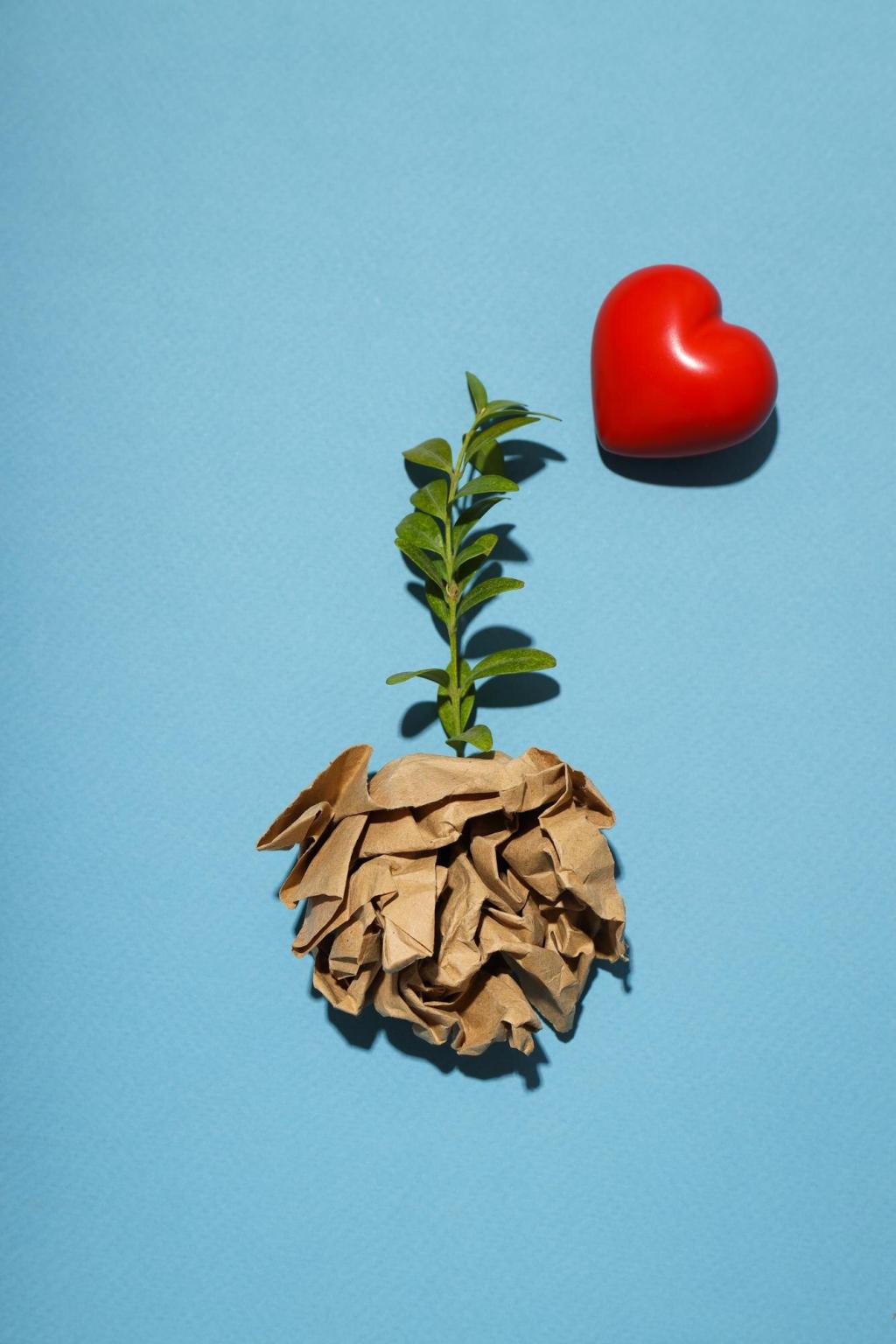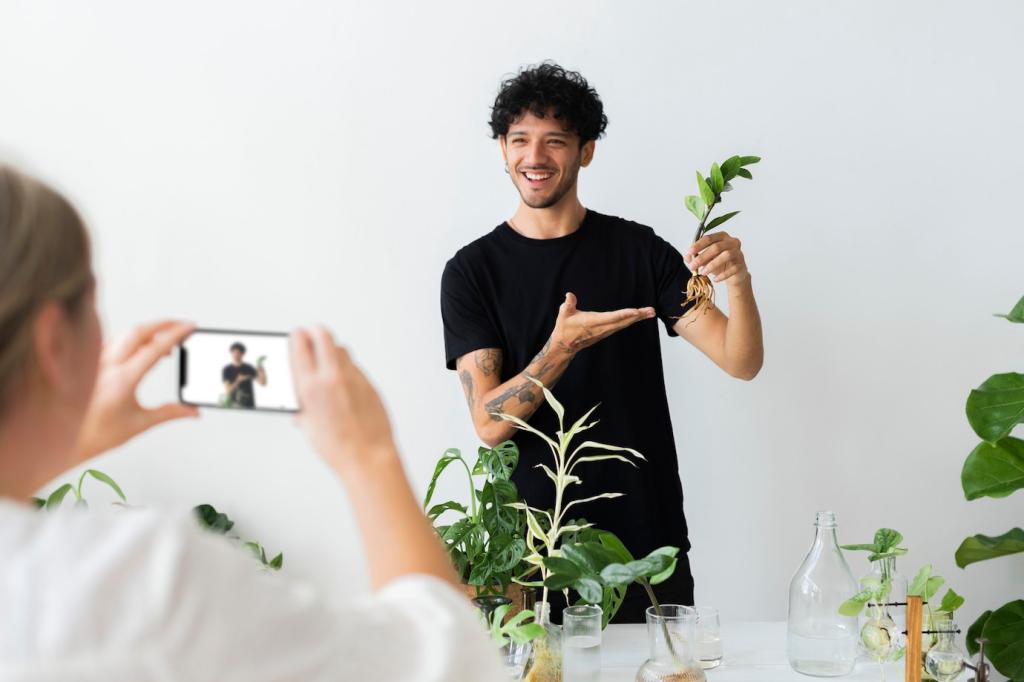Plant-Based Painting Tips: Create Color from Leaves, Roots, and Kitchen Scraps
Today’s chosen theme: Plant-Based Painting Tips. Discover joyful, eco-friendly ways to turn kitchen scraps and garden finds into luminous paints, inks, and washes. Stay curious, share your results, and subscribe for more vibrant botanical techniques and stories.
Gathering and Preparing Botanical Pigments
Harvest small amounts, take only what you’ll use, and favor windfall leaves, onion skins, and pruned branches. Ask neighbors to save avocado pits and red cabbage leaves. Note seasons and sunlight, because plant pigment strength shifts subtly through the year.
Gathering and Preparing Botanical Pigments
Chop finely to expose surface area, then simmer gently with just enough water to cover. For delicate petals, try room-temperature maceration. Avoid rolling boils; you want color, not cooked vegetables. Keep a notebook to track ratios, timing, and surprising results.


Natural Binders and Mediums for Plant Pigments
Dissolve powdered gum arabic in warm water, then add a dash of glycerin for flexibility. Blend with strained plant extracts to create luminous watercolor. Test on scrap paper to dial in consistency; too much binder can dull delicate botanical transparency.
Natural Binders and Mediums for Plant Pigments
For richer applications, experiment with cold-pressed linseed or walnut oil and a touch of dammar resin solution. Mull gently to integrate pigments. Drying oils cure slowly; paint thin layers, allow airflow, and practice patience. The reward is buttery glide and resilient films.



Mixing a Botanical Palette
Layering and Glazing with Transparent Plant Dyes
Apply thin, patient layers. A turmeric glaze over blueberry extract yields glowing olive-greens. Let each pass dry fully to avoid lifting. Glazing builds complexity without mud, preserving the luminous character that makes plant-based painting so irresistibly alive.
Muted Neutrals from Unexpected Sources
Boiled walnut hulls make a soulful brown; add a dash of iron-rich water from a rusty nail soak to deepen. Onion skins tempered with tea create honeyed neutrals. Explore avocado pit rose mixed with spinach green for elegant, smokey mauves.
Harmonies from a Limited Garden Palette
Choose three sources—onion skin yellow, red cabbage blue, avocado pit pink—and mix everything from those. Unified origins breed instant harmony. Share your triad recipes in the comments, and subscribe to see readers’ palettes featured in upcoming community roundups.
Surfaces, Tools, and Setup
Plant-Friendly Papers and Sizing Alternatives
Choose cotton or hemp papers with neutral pH. For vegan sizing, brush on thin wheat starch paste or methylcellulose to reduce bleed. Let dry completely before painting. Keep offcuts for swatches so you never waste a precious drop of pigment.
Grinding and Mullers: Turning Slurry into Paint
Spread a small pool of extract and binder on a glass plate, then circle a glass muller slowly to disperse particles. Work patiently; smoothness equals even color. Clean tools immediately with warm water and a plant-based soap to prevent sticky residues.
Brushes, Pens, and Stamps from Nature
Craft brushes from twine and bundled grasses, carve bamboo dip pens, and stamp with carved potato or okra ends. These tools leave organic textures no synthetic brush can mimic. Share your favorite DIY tool designs so we can try them too.
Projects to Try This Weekend
Brew a rich walnut hull ink and head outside. Sketch tree silhouettes and handwritten notes about scent, weather, and mood. The ink’s warm brown turns every line into a diary entry. Tag us with your pages for a chance to be highlighted.

Projects to Try This Weekend
Simmer yellow onion skins for a golden lake. Paint graded washes from pale dawn to saturated noon. Layer a whisper of tea-tannin to anchor the glow. It’s a simple exercise that teaches control, patience, and the poetry of transparent color.
Community, Sharing, and Sustainable Practice
Favor invasive species and kitchen scraps, leave rare plants untouched, and always get permission before foraging. Rotate gathering spots to protect regrowth. Offer trades—your onion skins for a neighbor’s pomegranate peels—to build a resilient, generous pigment-sharing network.
A reader wrote about brewing blush ink from saved pits. She mailed a letter colored with that pink to her grandmother, who recognized the scent of the kitchen. Color became connection. Share your own story; we’d love to celebrate it here.
Tell us which plant gave you the most surprising hue, and what binder combo worked best. Drop questions for our monthly Q&A, and subscribe for fresh tutorials, seasonal plant lists, and community spotlights straight to your inbox.

